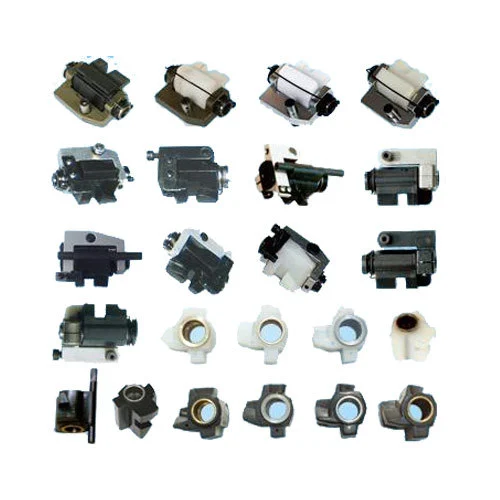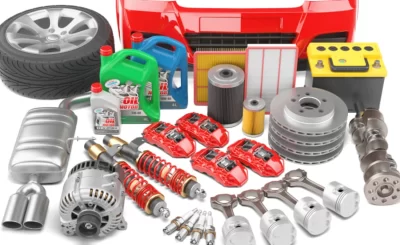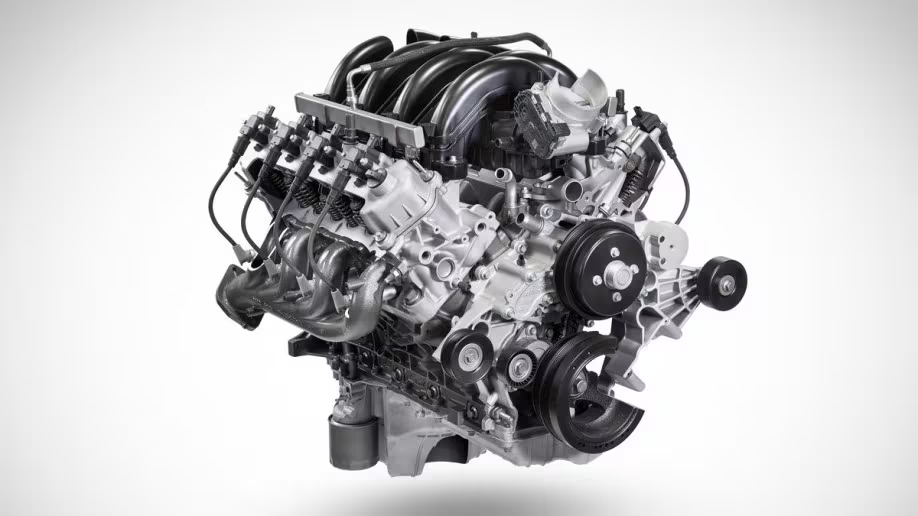Electrical spare parts are essential for the safe running of your vehicle. They help minimize the risks associated with short circuits, power outages and electrical fires.
They come in a range of styles to meet different requirements. Some can switch between multiple battery banks while others provide only momentary contact.
Breakers
Breakers are vital devices that regulate electricity flow through circuits. They help keep people safe from electrocution and fire hazards alike.
A breaker must be capable of protecting against both overloads and short circuits. Overloads occur when more current is drawn through a circuit than it can safely carry, while short circuits cause too much heat accumulation in wires, which will trip the breaker.
Many circuit breakers feature indicator lights to give users a visual of what caused the breaker to open. These lights typically indicate long time fault, short time fault, instantaneous fault and ground fault events.
Some manufacturers employ an acoustic tripping mechanism, which involves a small electrically actuated magnetic device that pulls contacts apart when an excessive amount of current flows through a circuit. This type of tripping mechanism is frequently employed in commercial settings to protect against heavy loads like industrial motors.
Fuses
Fuses are an integral part of electrical circuit safety to protect against excess current or overcurrent. If a stronger than anticipated current surges through, the fuse will blow and interrupt the circuit, minimising heat damage and eliminating potential risks such as electrocution or fire.
A fuse is composed of a metal strip or wire fuse element with a small cross-section compared to the circuit conductors, mounted between two electrical terminals. While current flow causes this resistance in the fuse element, it does not generate enough heat for it to reach dangerously high temperatures.
However, if too much current flows through a fuse element, its temperature can increase rapidly; either directly melting it or causing any soldered joints within it to melt and open the circuit.
Different fuses exist. They can be classified according to the following characteristics:
Bus Bars
Bus bars are metal strips used to collect and distribute electrical energy. They’re suitable for many applications such as motor vehicles and industrial equipment.
Bus bars offer several advantages over cables, including being more economical to distribute electrical energy and not needing insulation like cables require. Furthermore, they’re simpler to install, route and alter if power sources or loads change locations.
They boast larger surface areas than cables, enabling them to dissipate heat more effectively along their length. This property makes them particularly suitable for powering LED lights, since it allows you to remove excess heat from the LEDs without disrupting their functioning.
Terminal Blocks
Electrical spare parts employ terminal blocks to join two or more wires together. They come in various styles and can be utilized for a variety of tasks.
When selecting a terminal block, several factors should be taken into account, including your system voltage and current demands. Additionally, wire size and orientation (if required) must also be taken into account).
Terminal blocks are typically designed to accept wires of various sizes, measured in American wire gauge (AWG). Higher AWG numbers signify smaller conductor diameters.
Wire securement methods include screw, spring and push-in clamping options. Screw and push-in designs use open receptacles that accept wire or cable manually.
These designs are ideal for hot-swapping connections in various applications, such as inspection and service. Typically pluggable, these receptacles feature a male plug output to insert into a matching socket, making it simple to disconnect a connection without taking away all of its terminals.

















